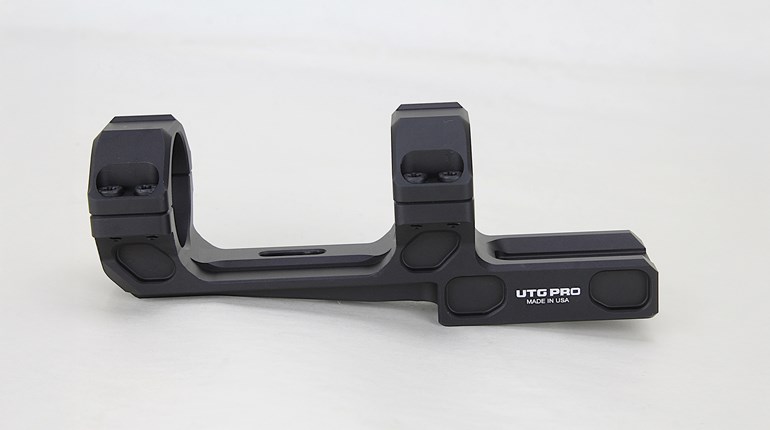
The temperature of the powder in ammunition at the moment of ignition has a significant effect on both chamber pressure and muzzle velocity. If a gun is fired in an environment radically hotter or colder than the one in which it was originally sighted-in, the muzzle velocity of the bullet can be significantly different. Of course, the difference in muzzle velocity changes the bullet’s trajectory. Some powders are more sensitive to changes in temperature than others. Only the manufacturer of a particular propellant can put a number on its sensitivity. But, a shooter or handloader can use a ballistics program to explore a particular bullet’s sensitivity to changes in muzzle velocity.
Generally speaking, higher temperatures boost pressure and velocity, while lower temperature decrease pressure and velocity. Shooters should remember that ammunition exposed to direct sunlight will reach a temperature much higher than that of the surrounding air. Even worse are the conditions found within the trunk of an automobile—especially one that has a dark colored interior—when exposed to the desert sun in one of the southwestern states. This type of exposure has been known to cause misfires. In contrast, extremely cold temperatures can cause erratic or inadequate ignition.
Given these variables, shooters would be well-advised to do everything they can to protect their ammunition from extreme temperatures. Zeroing your gun at home under conditions you expect to find at your destination is a good idea, but it is not always practical. Competitors should expect a shift in zero after traveling a long distance or experiencing a change in weather. Never pass up a chance to sight-in and confirm your zero.



































